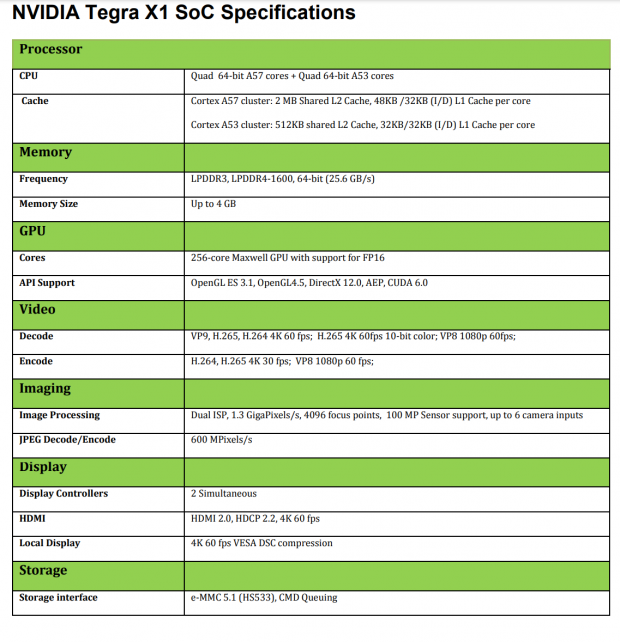Nintendo is telling third-party developers to target 4K resolution, sources tell Bloomberg, hinting the new Switch model revision could output to 4K resolution. How will this be handled? We have a few ideas.
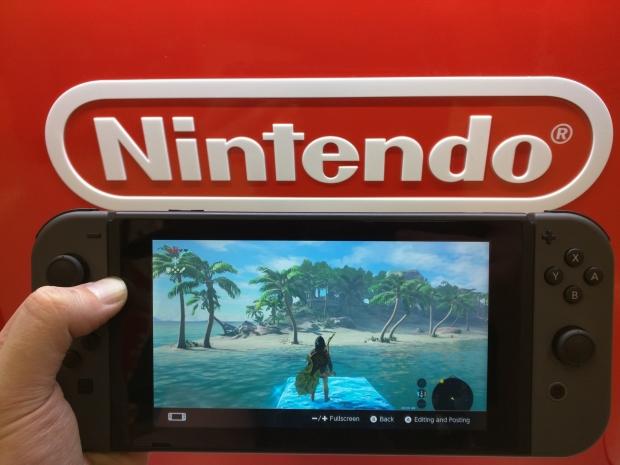
Reports indicate Nintendo is making a new upgraded Switch console that targets higher resolution. We originally interpreted that the new Switch would have an upgraded handheld display, but it looks as if the upgraded model will target 4K resolution output for UHDTVs.
There's several ways Nintendo could do this, but let's take a look at the cheapest and most cost-effective solution: Upgrading the Switch dock's built-in video output converter and using NVIDIA's AI upscaling tech.
Nintendo has said repeatedly it doesn't care about higher-end specifications. Nintendo's main ethos centers around fun being more important than power. What's even more important is making a profit on hardware. To do that, Nintendo has to focus on low-cost manufacturing.
It's possible the new Switch model coming in 2021 could simply be a 2019 Switch revision with an upgraded dock. Current users could buy the new dock which would allow improved performance on 4K TV sets. This way, Nintendo wouldn't have to work with NVIDIA to make yet another Tegra revision (or possibly adapt its Pascal SoCs) and completely re-design the Switch.
If a 4K-based Switch were indeed coming, it'd likely be a dedicated console. The heat generated from 4K gaming (even upscaled) would cook the Switch's current setup. In fact, that's a big reason why the Switch's GPU speeds are halved to 302MHz in handheld mode; to ensure the console doesn't overheat.
So how would this work?
New Switch dock and AI-powered 4K upscaling
To understand how this could work, we have to take a closer look at the current Switch dock.
The Switch uses DisplayPort Alternate mode over USB Type-C for video output, which is facilitated via a special converter chip, the Megachips STDP2550 Mobility DisplayPort (MyDP) to HDMI Converter.
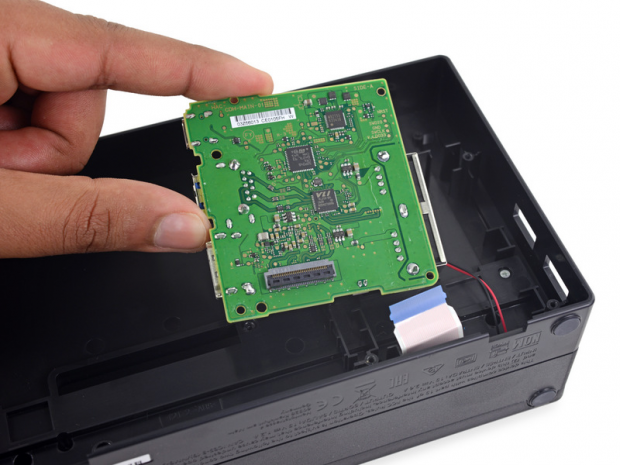
DP Alternate Mode allows USB-C cords to transmit USB 3.1 data, power, and A/V signals through one cord.
When you dock your Switch, the video signal is sent through the USB-C connector via the DP over USB-C (Mobility DisplayPort) protocol.
The STDP2550 then converts that video signal into HDMI 1.4 video out signal which is transmitted through the HDMI cord and to a HDTV. The dock is basically an adapter that lets you play Switch games on a screen.
This particular chip is limited to HDMI 1.4 and only supports 1080p 60Hz.
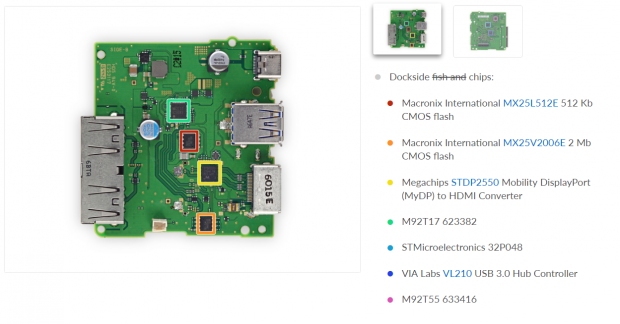
Here's more info on the STDP2550:
The STDP2550 uses MegaChips' latest generation DisplayPort receiver technology that supports a single AV stream at HBR2 speed, a data rate of 5.4 Gbps per lane. Also, the HDMI transmitter in STDP2550 is based on advanced high-speed TMDS technology supporting link rate up to 2.97 Gbps and the stereo 3D formats.
It can deliver 1080p 60 Hz video with a color depth of 24 bits per pixel and audio up to 8-channel at 192 Kb sample rate from a MyDP source to HDMI TV. This device complies with the HDCP 1.3 content protection scheme with an embedded key option for secure transmission of premium digital AV content. It can also act as an HDCP repeater for the downstream sink when used in a dongle application.
Applications
- DisplayPort to HDMI bridge for TVs and projectors
- Audio-video accessory (dongle) for Notebooks, Smart phones/Tablets
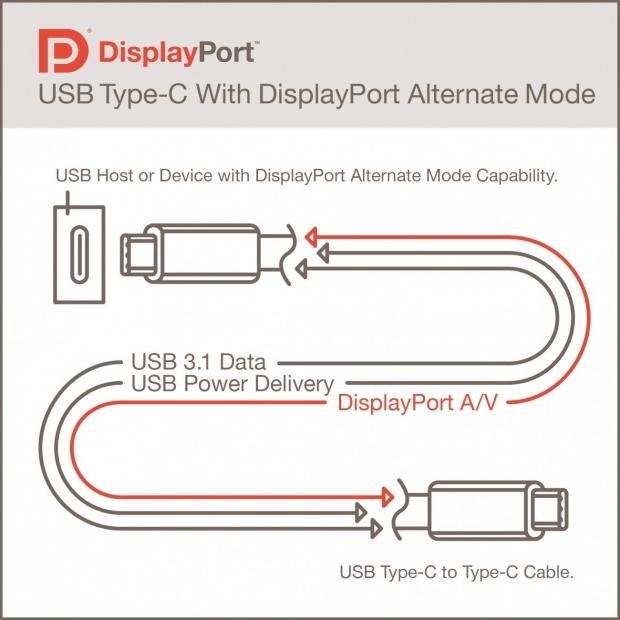
The STDP2550 chip doesn't achieve the full USB-C Alternate Mode capabilities, though, which technically supports up to 4K resolution at 60Hz, complete with HDR, and HDCP 2.2.
Megachips also has a 4K chip which converts DisplayPort 1.4a video signals to HDMI 2.0, allowing for 4K 60Hz video output on UHD screens.
The chips is called the MCDP2900 DisplayPort 1.4a-to-HDMI 2.0b Converter:
The MCDP2900 is an advanced DisplayPort1.4a-to-HDMI2.0b protocol converter targeted for TVs, Game consoles and other consumer equipment as well as for mobile PC, tablet accessory applications. This device is an active protocol converter with HDCP1.x/ HDCP2.x repeater supporting HDR video quality for deep color media content playback. This device is suitable for video sources such as BD players, Game consoles and STBs for streaming 4K HDR protected content over HDMI2.0b interface. It is also a seemly solution for AV sinks and branch devices such as TVs, Monitors, docking stations and dongles with DP input or USB Type-C input supporting DP Alt mode.
The MCDP2900 supports UHD video formats, resolutions as high as 4096x 2160 @ 60 Hz in RGB/YCbCr video color formats with a color depth of 16 bpc as long as it fits within the DP and HDMI link bandwidth. This device supports pixel encoding conversion from RGB or YCbCr444 to YCbCr422/420 function and therefore HDR video with deep color up to 12bpc at 4Kp60Hz is supported through the conversion of RGB/YCbCr444 over DP link with horizontal expansion to CEA timings to YCbCr420 on the HDMI TX output.
This could be the chip Nintendo uses in this theoretical new dock.
The idea would be to use the converter chip to output 4K resolution. But there's a missing piece here: Upscaling.
Luckily the Tegra X1 and Tegra X1+ both support NVIDIA's AI-upscaling, which can drastically improve visuals, including boosted resolution, higher contrast, and much more detail.
The best part is you wouldn't always have to be online to take advantage of the AI upscaling.
You'd simply connect the Switch online, play a game, and NVIDIA's AI server banks would determine the proper image upscaling algorithm for that particular game/resolution. Then that algorithm would be downloaded to the firmware
Nintendo could also pack in an internal upscaler into the dock or even an HDMI cord rather than rely on an UHDTV's internal upscaler. Textures wouldn't be upgraded to native 4K because the Switch couldn't handle it. They'd just be updated to look better in 4096x2160p.
This would be like Marseille's mCable, which improves the Switch's 1080p visuals on 4K displays. This is admittedly expensive, but Nintendo could likely find a viable mass-production chip option.
Furthermore, the Tegra X1 chip, which is what the base 2017 Switch and 2019 Switch revision are both based on (newer model uses 16nm TegraX1+ refresh with more power efficiency), was built with 4K in mind and supports HDMI 2.0 output.
